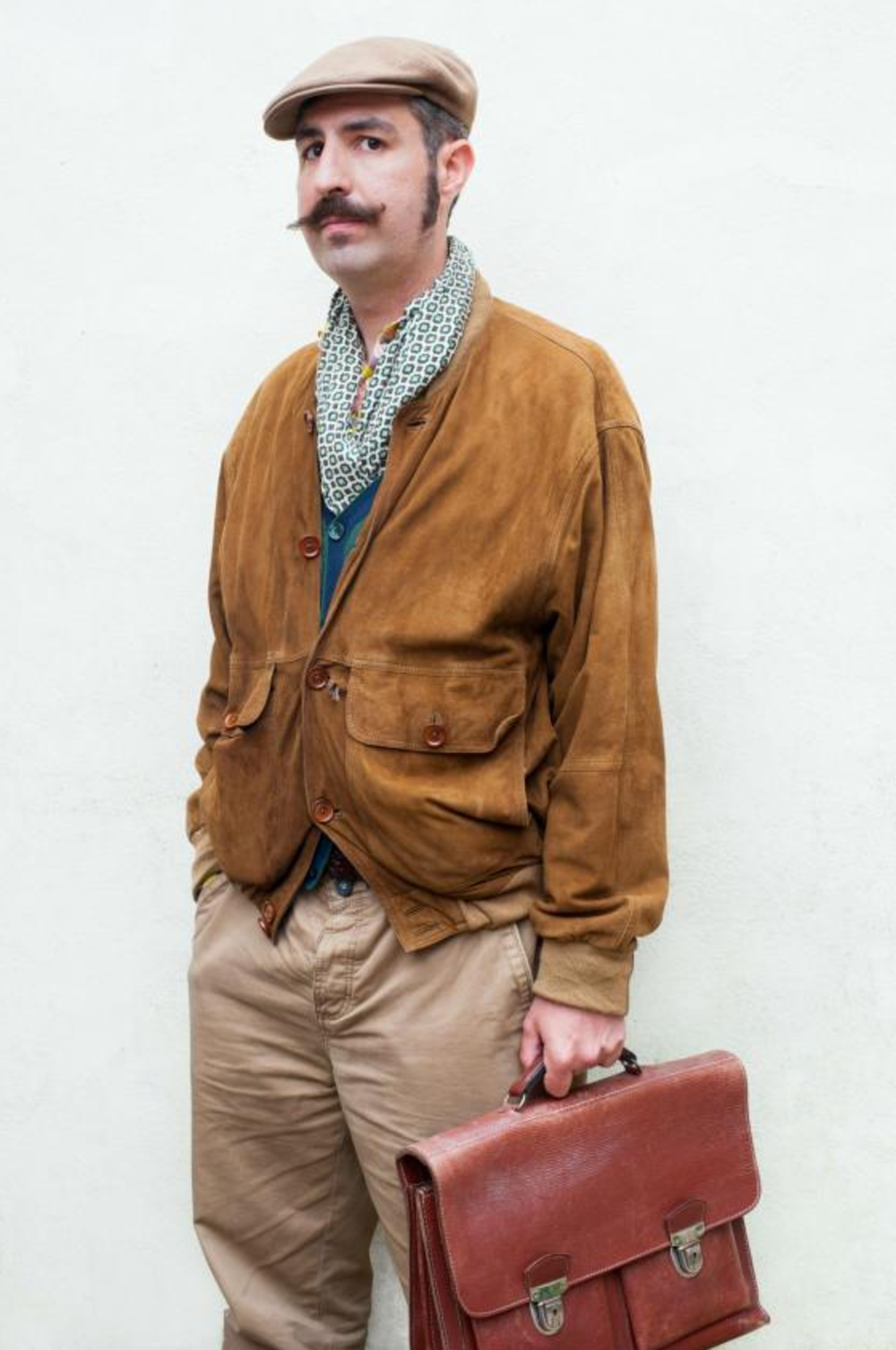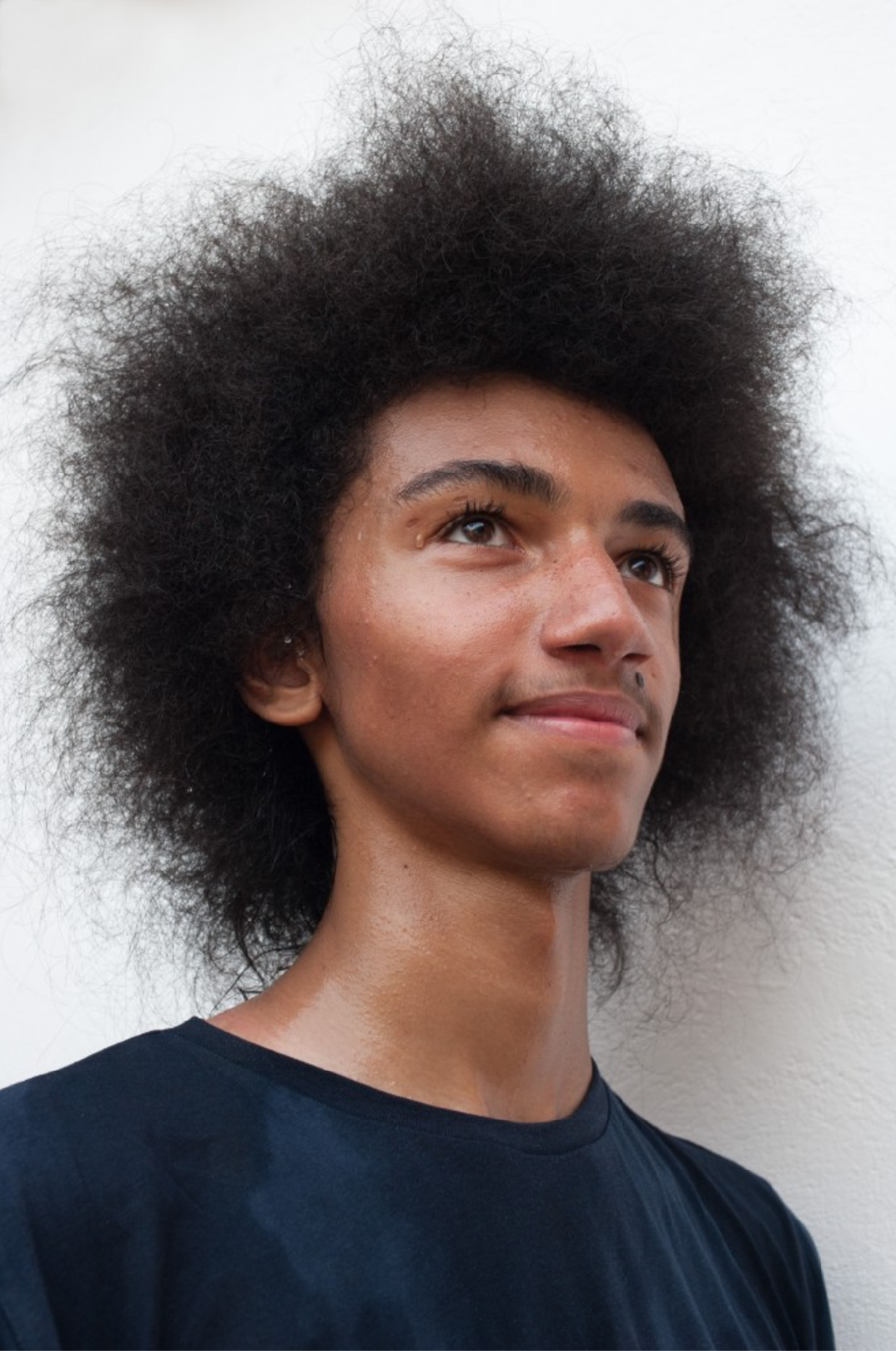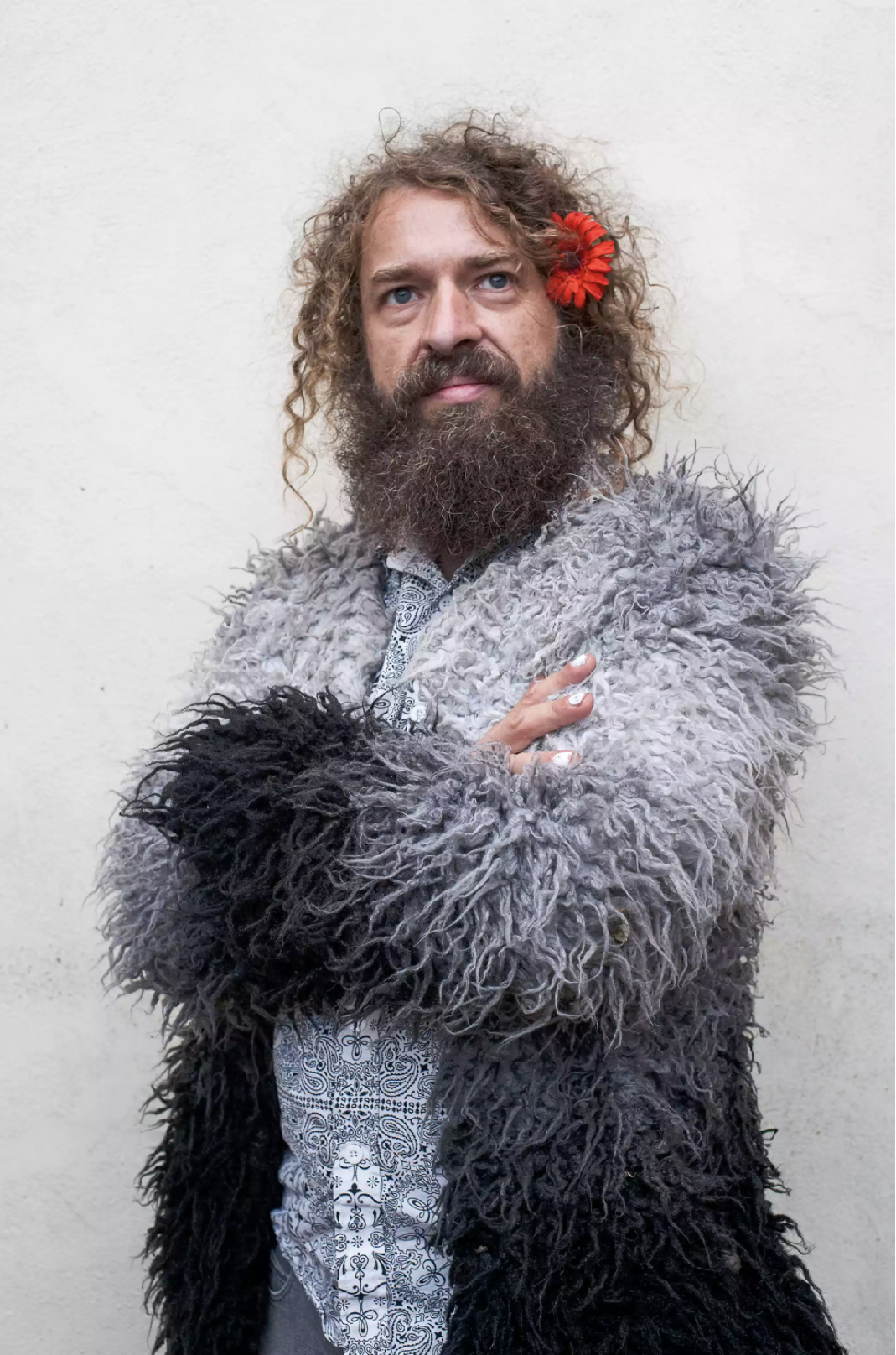What If a Problem Could Be Its Own Solution?
Bird spikes have become a familiar part of the urban environment. They protrude from signs, guttering and windowsills across the world. In an affluent part of Bristol they were even installed in the branches of trees to stop birds shitting on the Porsches, Teslas and 4 x 4’s beneath. Only after a public outcry were they removed. As you can perhaps tell, I’m no fan of bird spikes; they say to nature, ‘We do not want you here’.
So I was delighted this summer to read of a discovery by a Dutch naturalist, Auke-Florian Hiemstra. Hiemstra specialises in bird nests. And he has identified a recent trend among corvids, the smartest of our avian friends, to use bird spikes to build nests. Crows and magpies have learned to remove the spikes from their plastic anchors and employ them as a construction material, interlacing them to create prefect predator resistant spaces for their eggs.
Auke with one of the ‘spike nests’. I suspect I’m not the only one to notice how his hair also resembles a nest.
This isn’t just a brilliant illustration of the birds’ ingenuity, it’s also an excellent example of one of the most elegant and counterintuitive creative strategies of all: using a problem to provide its own solution.
Typically when we encounter a problem we default to one of three strategies. The first is to give up, admit defeat. The second is to reroute, and recognise that we will have to find a different way to reach our objective. And the third is to introduce additional resources to go head to head with the problem and see if we can battle it into submission. Yet none of these is as simple or as satisfying as flipping the problem into the solution, as in the case of our corvid friends.
A still from the much loved and award winning Guinness ‘Surfer’ ad
There are many illuminating instances of the problem / solution flip in all kinds of creative fields, if you look hard enough. The Guinness ‘Surfer’ ad from 1998 often tops polls of the UK’s favourite TV commercial. It’s a spectacular 90 second film about a surfer waiting for a wave, with CGI white horses and a beautifully delivered script underscored by the perfect choice of music. The original creative brief asked for a big budget, standout TV commercial but with one major caveat: ‘The Guinness extended pour time shouldn’t be mentioned, as the dwell may well be a potential barrier to a younger demographic.’ As any drinker knows, when you order a pint of the black stuff the bar person leaves it a while to settle and it was thought that this puts people off, so best if it’s not mentioned in the advertising.
But the agency, to their credit, ignored this instruction, pointing out to their client that ‘the dwell’ is the one thing that makes Guinness distinctive. And in an age where everything is on demand and moving faster than ever, isn’t it better to take a little time now and again? From this insight came ‘Good things come to those who wait’; the tagline on this classic commercial and many award winning ones to follow. And so the problem became the solution.
Kazem Hakimi in the doorway of his shop.
Kazem Hakimi runs a fish and chip shop on the Iffley Road in Oxford. He’s originally from Iran but he’s had a lease on the shop for decades now. Kaz has always loved photography, in particular portraiture. But wandering the streets to photograph people isn’t really consistent with the fourteen hour shifts he has to put in every day to make his chippie viable. Lesser people than Kaz might well have given up on their artistic ambitions. Indeed, how many artists, writers, musicians, and photographers must we have lost to the ineluctable reality of having to earn a crust? But it wasn’t long before Kaz realised that in his customers he had a constant stream of endlessly fascinating subjects. And that the white, north-facing wall out the back of the shop would make the perfect photographic backdrop. So now, when someone is waiting for their cod to fry, if Kaz thinks they’d make a good picture, he invites them out the back to have their photo taken. Kaz has shown his work at the Museum of Modern Art in Oxford and at other galleries across the UK.
There are other instances I could cite of this paradigm, like the Ecuadorean salt brand that was banned from sponsoring the national team because salt is thought to bring bad luck in South America, so they sponsored Ecuador’s rivals instead - and brought them bad luck! Or that one of the world’s best-selling cold remedies - Night Nurse in the UK or NyQuil in the US - was almost not introduced because it made users drowsy, before a smart marketer suggested selling it as a product to be used at bedtime. I could go on, but you get the idea.
Next time you run into a problem, don’t give up, or look elsewhere for a solution, or don your intellectual boxing gloves to do battle with it; take a breath and ask yourself whether the problem itself might not also be the solution.
You can listen to a conversation with Kaz Hakimi in this episode of my podcast The Wind Thieved Hat. And if you’d like to learn more problem solving strategies then why not book a creative masterclass for your team?







